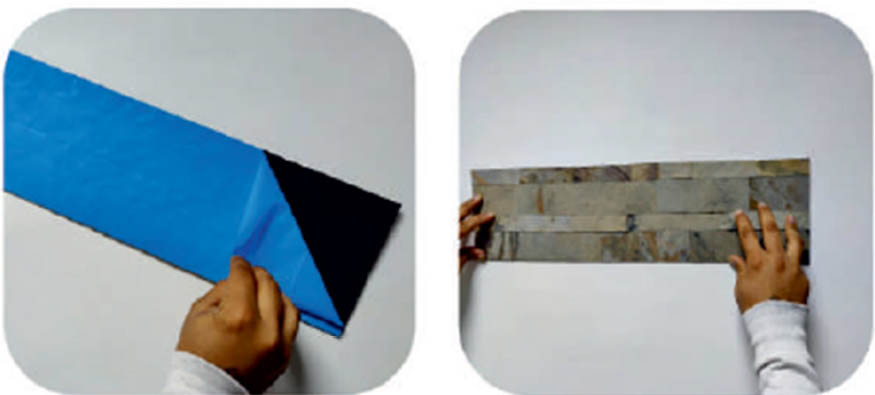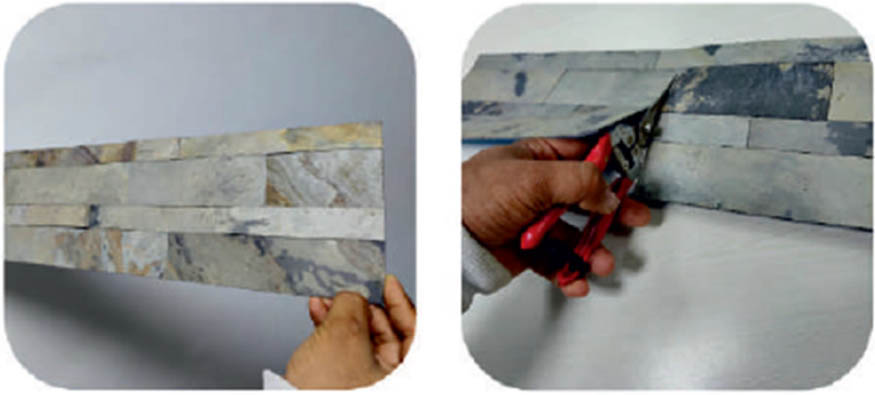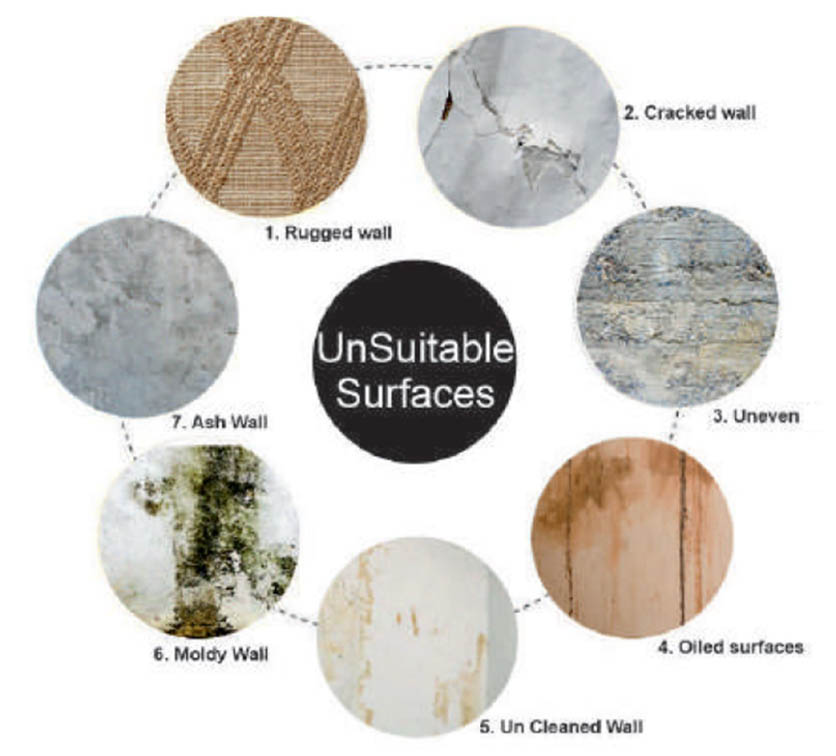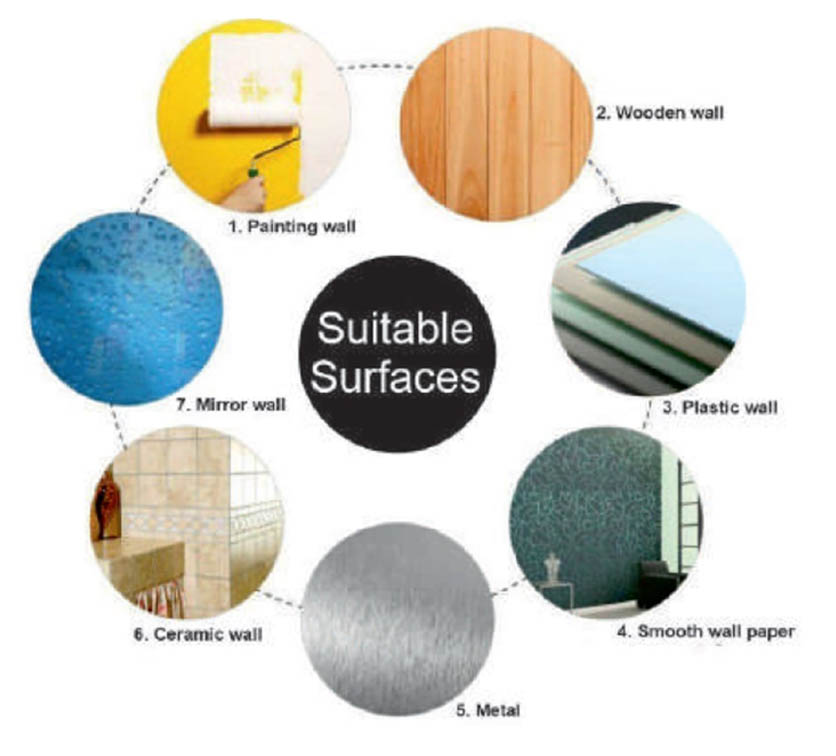
Installing 3D stone peel and stick panels is a relatively straightforward process that can add texture and depth to your walls without the need for messy adhesives or specialized tools. Here's a detailed guide to help you through the installation process:


Surface Preparation: Ensure that the wall surface is clean, smooth, dry, and free from dust, grease, and other contaminants. If your wall has any imperfections, it's a good idea to address them before installing the panels.
Acclimate Panels: Let the peel and stick panels acclimate to the room's temperature for at least 48 hours before installation. This helps the panels adjust to the environment and prevent issues later.
Measure and Plan: Measure the area where you want to install the panels. Calculate the number of panels you'll need by dividing the total area by the size of each panel. Plan the layout to avoid small or narrow pieces at the edges and corners
Start from the Bottom: It's recommended to start installing the panels from the bottom and work your way up. This ensures that the weight of the panels doesn't cause them to detach prematurely.
Level Line: Use a level and a pencil to draw a straight and level horizontal line where you want the bottom of the first panel to be. This will serve as your guide to ensure the panels are installed evenly.
Peel the Backing: Gently peel back a few inches of the backing paper from the top of the first panel. Avoid touching the adhesive side as much as possible to maintain its stickiness.
Align and Press: Align the top edge of the panel with the horizontal guide line you drew. Once aligned, press the exposed adhesive section onto the wall. Apply firm and even pressure to ensure good adhesion. Slowly peel off the rest of the backing paper while pressing the panel to the wall.
Continue Installing Panels: Align the next panel with the first, ensuring a tight fit without overlapping or gaps. Use a level to make sure each panel is straight and level before fully pressing it to the wall.
Trimming: Use a utility knife or scissors to trim panels as needed to fit around corners, outlets, and other obstacles. Measure and mark the areas to be trimmed, then cut along the lines carefully.
Overlap and Pattern Matching: Depending on the design of the panels, you might need to overlap certain edges to create a seamless appearance. Follow the manufacturer's instructions for proper overlap and pattern matching.
Finishing Touches: Once all panels are installed, go over the entire surface, applying pressure to ensure strong adhesion. Use a soft cloth or sponge to gently clean the surface and remove any dust or residue.

